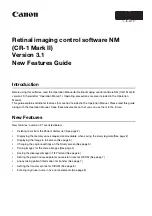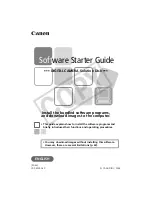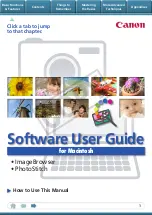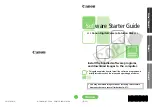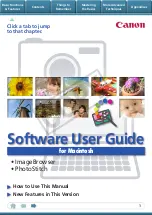
72
Chapter 4. Red Hat Network Website
4.5.2.2. Errata Details
If you click on the Advisory of an Errata Alert in the
Relevant
or
All
pages, its
Errata Details
page
appears. This page is further divided into three tabs:
•
The
Details
tab provides the Errata Report issued by Red Hat. It describes the problem and solution
and lists the channels it affects. Clicking on a channel name displays the
Packages
tab of the
Channel Details
page. Refer to Section 4.6.1.3
Software Channel Details
for more information.
•
The
Packages
tab provides links to each of the updated RPMs broken down by channel. Clicking
on the name of a package displays its
Package Details
page. Refer to Section 4.6.5.3
Package
Details
for more information.
•
The
Affected Systems
tab shows a list of systems affected by the Errata Alert. You can apply
updates here. (See Section 4.5.2.1
Apply Errata Updates
.) Clicking on the name of a system takes
you to its
System Details
page. Refer to Section 4.4.2.6
System Details
for more information.
To help users determine whether an update has been scheduled, a Status column exists within the
affected systems table. Possible values are: None, Pending, Picked Up, Completed, and Failed. This
column identifies only the latest action related to an Errata. For instance, if an action fails and you
reschedule it, this column will show the status of the Errata as Pending only (with no mention of
the previous failure). Clicking a status other than None takes you to the
Action Details
page. This
column corresponds to one on the
Errata
tab of the
System Details
page.
4.5.3. Advanced Search
The
Advanced Search
page allows you to search through Errata according to specific criteria, such
as summary, advisory, and package name. Type your keyword, select the criterion to search by, and
click the
Search
button. The results appear at the bottom of the page.
4.6. Channels
If you click the
Channels
tab on the top navigation bar, the
Channels
category and links appear. The
pages in the
Channels
category enable you to view and manage the channels and packages associated
with your systems. In addition, you can obtain ISO images here.
4.6.1. Software Channels
The
Software Channels
page is the first to appear in the
Channels
category. A software channel is a
list of Red Hat Enterprise Linux packages grouped by use. Channels are used to choose packages to
be installed on a system.
There are two types of software channels:
base channels
and
child channels
. A base channel consists
of a list of packages based on a specific architecture and Red Hat Enterprise Linux release. For ex-
ample, all the packages in Red Hat Enterprise Linux 2.1 for the x86 architecture is a base channel.
The list of packages in Red Hat Enterprise Linux 2.1 for the Itanium architecture is a different base
channel. A child channel is a channel associated with a base channel but contains extra packages. For
example, an organization can create a child channel associated with Red Hat Enterprise Linux 2.1 for
the x86 architecture that contains extra packages needed only for the organization, such as a custom
engineering application.
A system must be subscribed to one base channel only. This base channel is assigned automatically
during registration based upon the Red Hat Enterprise Linux release and system architecture selected.
In the case of public free channels, the action will succeed. In the case of paid base channels, this
action will fail if an associated entitlement doesn’t exist.
Summary of Contents for NETWORK 3.5 - PROVISIONING
Page 1: ...Red Hat Network 3 5 Provisioning Reference Guide...
Page 6: ......
Page 16: ...6 Chapter 1 What is Red Hat Network...
Page 50: ...40 Chapter 3 Red Hat Network Alert Notification Tool...
Page 98: ...88 Chapter 4 Red Hat Network Website...
Page 114: ...104 Chapter 6 Red Hat Network Registration Client...
Page 122: ...112 Appendix A Command Line Config Management Tools...
Page 126: ...116 Appendix B RHN API Access...
Page 132: ...122 Glossary...































